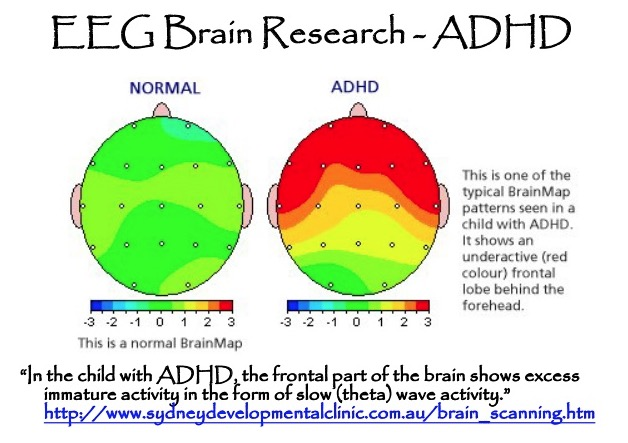“I can’t write. I just can’t.” — Disabilities on Campus
By Anna Bonney
August 2023 — Forbes magazine announces that the FDA has approved generic versions of Vyvanse in response to the increasing Adderall shortage that began in October of 2022.
September 2023 — CBS Los Angeles News reports that the ADHD medication shortage is continuing, and it is actively affecting students.
October 2023 — CBS Minnesota News posts an article about helping families cope during the ADHD medication shortage as part of ADHD Awareness Month.
November 1975 — President Gerald Ford signed the Education for All Handicapped Children Act, now known — and better known — as the Individuals with Disabilities Education Act (IDEA).
The ADHD medication shortage is affecting a small family in Texas, where a father diagnosed with ADHD is saving his medication so his son, also diagnosed with ADHD, can have enough medication to continue attending school. In California, it’s affecting a mother who is worried that her 14-year-old daughter’s long-term mental health will be impacted because she can’t focus and her grades are dropping. In Virginia, it’s affecting a college student diagnosed with ADHD, who is sitting and staring blankly in the library, knowing that his medication ran out at the beginning of October, and the paper that is now 5 weeks overdue cannot be written right now. He can’t focus. He can’t write.
The Education for All Handicapped Children Act (EHA) was created and signed in response to the growing population of children with disabilities whose access to education was limited or denied. Today, the Individuals with Disabilities Education Act (IDEA) is incorporated across the United States education system in the form of IEPs, Section 504s, and university accommodation letters. To become an educator, individuals are required to take a course on disabilities in relation to education. One of multiple educational strategies for addressing disability accommodation, the Response to Intervention (RtI) aims to provide instruction and support for students appropriate to their level of functional abilities struggles in the classroom.
Students with disabilities struggle to effectively convey what is happening in their minds, both emotionally and literally. Social conformity pressures begin as early as the age of three, and the idea that “I should be like them” continues to knock at individuals’ heads throughout their academic and professional careers, whether they have disabilities or not.
Individuals with ADHD have brains that are hyperactive, specifically in the frontal cortex, which is in charge of monitoring motor tasks, abstract thinking, social appropriateness, judgment, and creativity. Individuals with ADHD understand what is expected of them, but their brain is moving so quickly that they cannot stand to be there. Their brain asks them to keep moving (the frontal cortex attempts to monitor motor tasks), and they are incredibly intelligent with subjects that are more abstract, such as coding, journalism, mechanics, and engineering. These topics allow them to move quickly, at their own heightened pace.
In an academic setting, these students are taught early on that their energy is unnecessary, and they need to control it. Famous individuals with ADHD, such as Clint Pulver, state that they found success in redirecting their ADHD energy towards an involving and stimulating task, as Pulver did with drumming. These individuals are not “broken” or “incorrect” in their functioning: they are different.

Individuals with psychiatric disorders, such as anxiety and depression, follow a similar path. Anxious brains tend to be very active, and have the potential to turn anxiety triggers into actual physical pain. Individuals with anxiety experience distress and pain when pushed beyond what their brains will allow them to do, based on its interpretation of the world. It’s crucial to note that the individuals may be aware the anxiety isn’t rational. That doesn’t remove the anxiety.
Individuals with depressive symptoms — whether from depression or bipolar disorder — report very low energy and motivation. This is not laziness. In the image below, notice that the depressed brain is literally less active. Individuals struggling with depression can do activities that will light up parts of their brain, but individuals with normal functioning brains naturally have those portions lit up, meaning that depressed individuals have to put in more effort when they have less energy to achieve the same level of functioning as a normal person, which tends to be very draining, and can lead to emotional wear. This can become a spiral.

Within the Department of Education, accommodations are like lines set — lines that cannot be crossed once signed. Professors are legally bound to accommodation letters provided for students by the university accommodation center. As an accredited institution, Southern Virginia University offers reasonable accommodations to students with learning disabilities, psychiatric disabilities, and physical disabilities. More information regarding SVU’s accommodations can be found here: https://catalog.svu.edu/reasonable-accommodations/.
SVU’s goal regarding disability awareness is that SVU students become aware enough of disabilities and exceptionalities that they feel they can effectively and proactively empathize with others. Professor Clark, SVU’s special education professor, states, “There’s more than one way to see the world. There’s more than one way to process. There’s more than one way to write, read, speak, or paint a picture. There’s more than one way to express what you know or be exposed to something… There’s more than one way to see the world.”
Read more about the ADHD medication shortage:
FDA Approves Vyvanse Generics Amid ADHD Medication Shortage
ADHD medication shortage continues, causing students to struggle
“I can’t write. I just can’t.” — Disabilities on Campus was originally published in The Herald on Medium, where people are continuing the conversation by highlighting and responding to this story.






